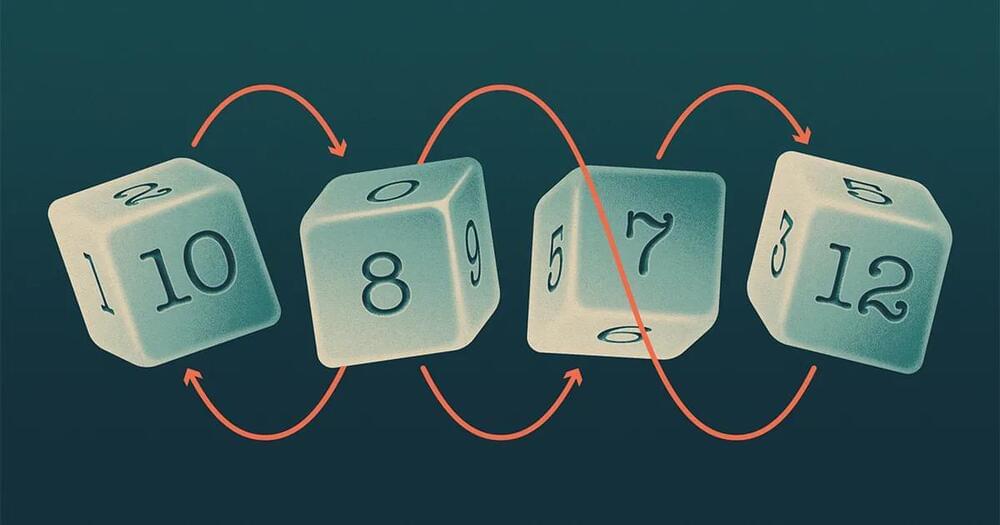Sometimes, ChatGPT made “surprising” mistakes in school-level math.
Microsoft-backed OpenAI’s AI chatbot ChatGPT has been making headlines ever since it was released to the public on November 30. It can break down complex scientific concepts, compose poems, write stories, code, and create malware…the list is endless. OpenAI has also released a paid version of the chatbot. Known as ‘ChatGPT Professional’, it is available at $42 per month.
Bauna/iStock.
Students have also been using the chatbot to complete assignments. It turns out it can clear examinations, too, with flying colors. Christian Terwiesch, a professor at the Wharton School School of Business, University of Pennsylvania, tested the performance of ChatGPT in an MBA exam. He questioned the chatbot on Operations Management, a core MBA subject.





